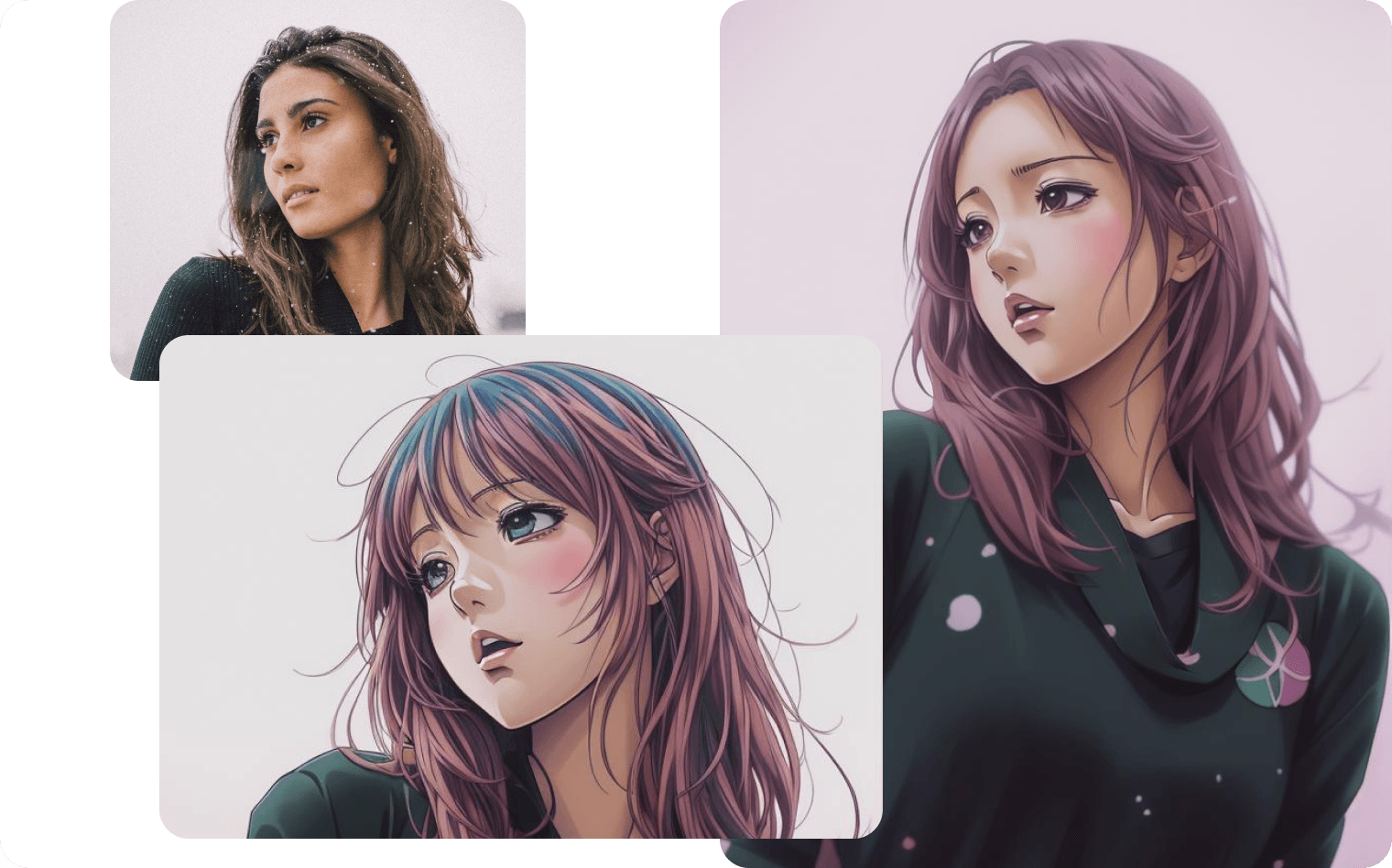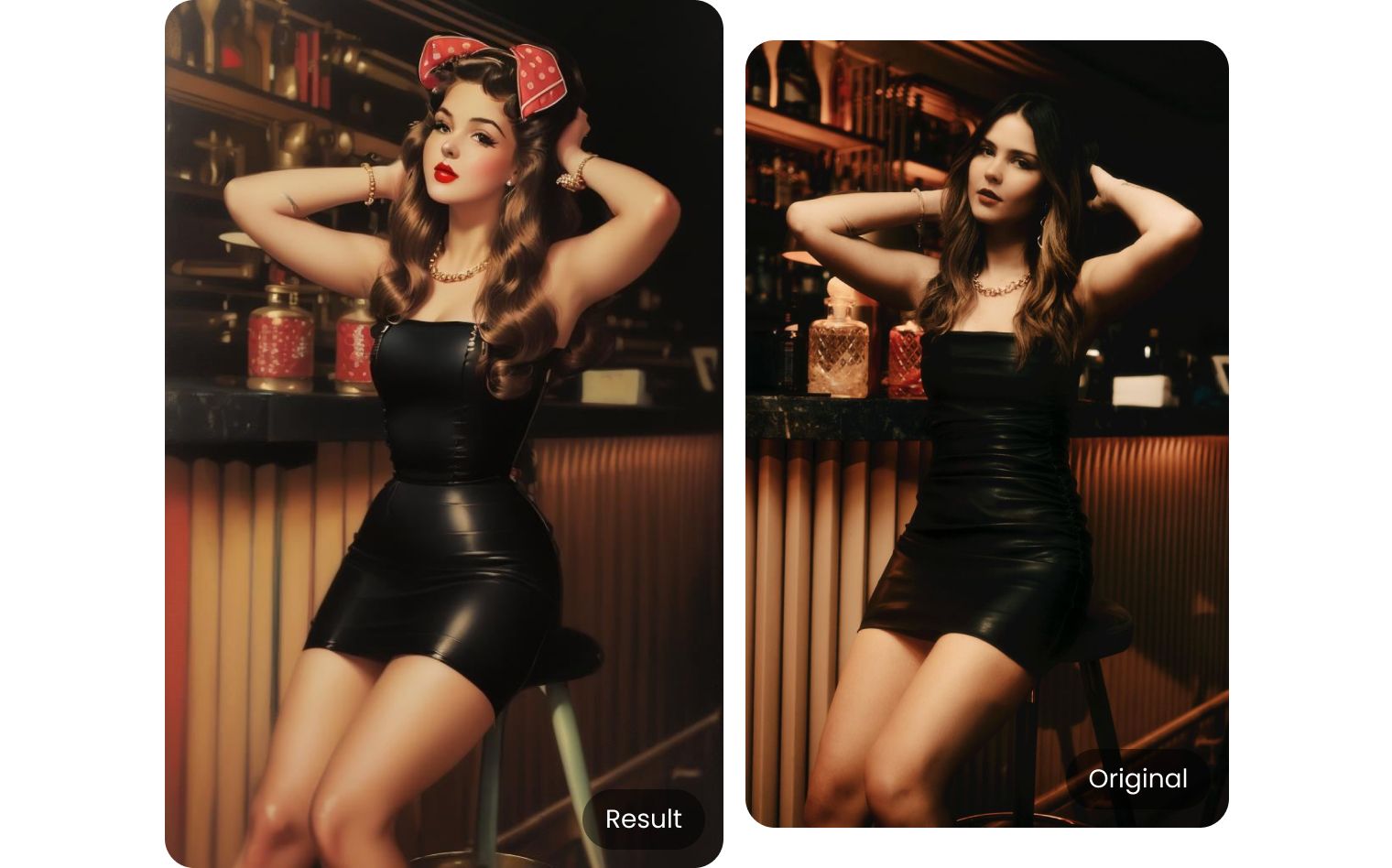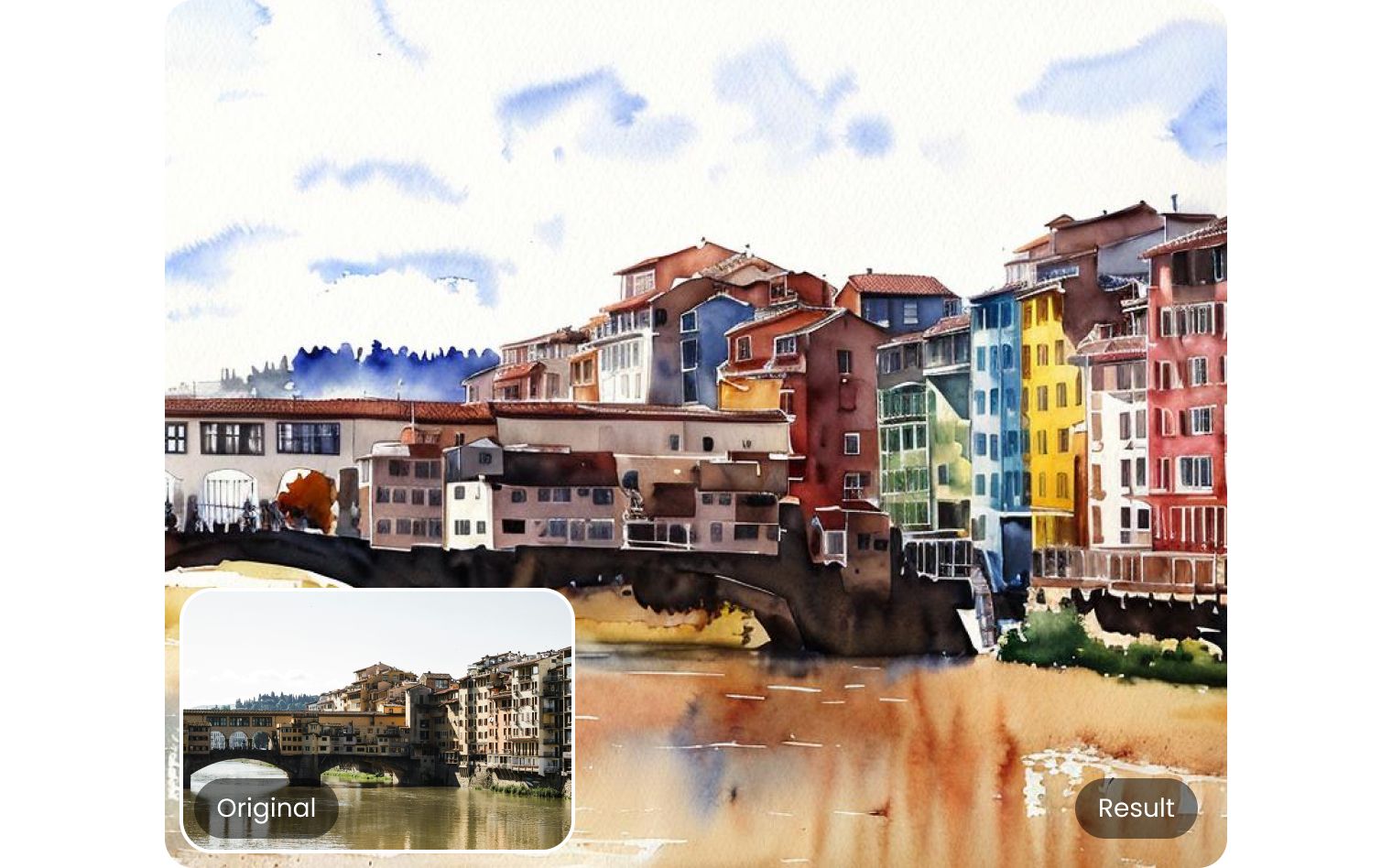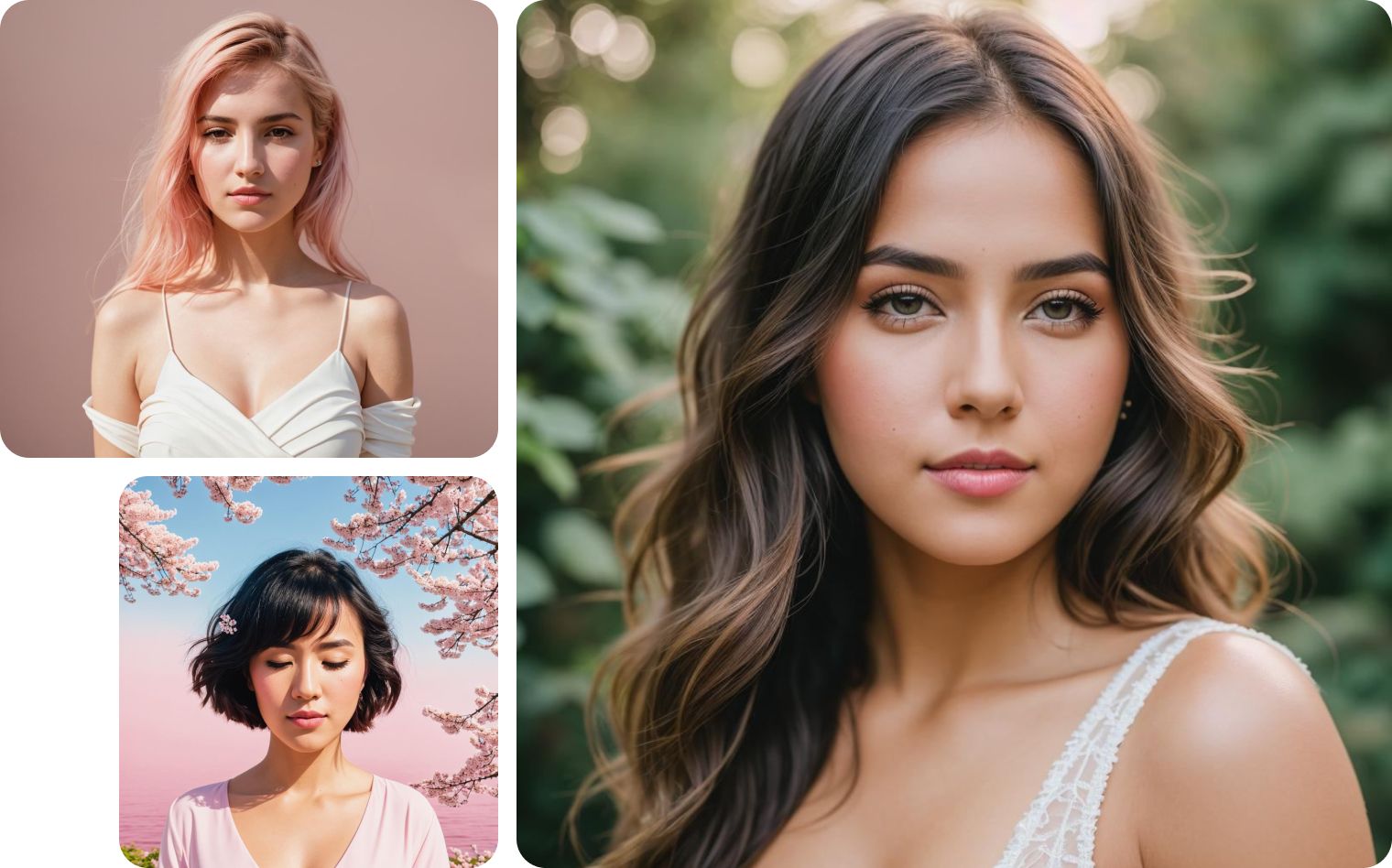AI Food Image Generator
Revolutionize your food photography with our AI Food Image Generator. Create high-quality images of dishes like pastries, pizza, sushi, pasta, and more in styles like oil painting, cartoon, or impressionism.



Food photorealistic images without photoshoots
Make beautiful, photorealistic food images without shooting with AI technology. Our highly advanced algorithms generate high-quality visuals that replicate real photographs, saving time and money. Customise dishes, presentations and settings to suit your needs for endless creative possibilities in a sustainable way.
Create a food picture from text in different styles
Harness the power of our AI food generator to create stunning food illustrations in various styles effortlessly. Whether you want realistic representations or artistic interpretations, our AI food generator technology produces high-quality, customizable graphics. Perfect for social media, advertisements, menus, and cookbooks, these AI-generated food illustrations save time and effort without sacrificing quality or aesthetic appeal. Our AI food generator is the ideal tool for chefs, food bloggers, restaurateurs, and anyone looking to enhance their culinary visuals with cutting-edge technology.


Our photo gallery of the food that our AI "cooked"


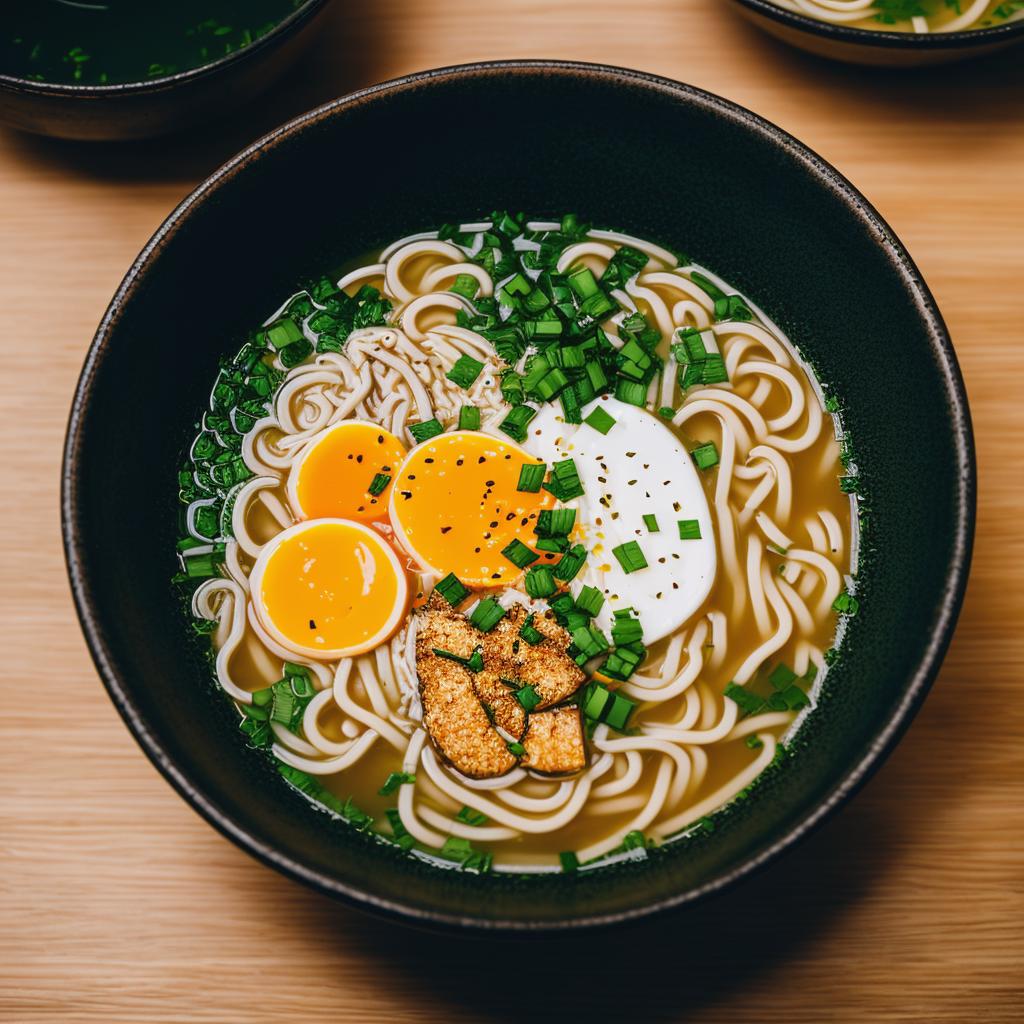




Top prompts for creating appetising dishes
To create the most colorful and appetizing food image, provide a detailed description of what you want. Specify the dish, the cuisine, the type of tableware, and the surrounding elements. You no longer need exhausting hours of photoshoots to get food photos for your establishment. The magic happens before your eyes in seconds.
